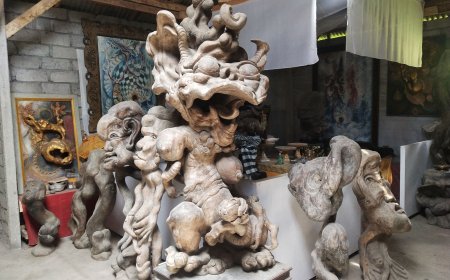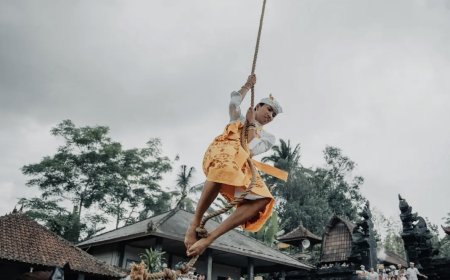Museum Pustaka Lontar from the Dukuh Penaban Village: Bringing Balinese Literary Tradition to the World
Museum Pustaka Lontar, a cultural treasure in Bali that is hidden away. Here, thousands of ancient palm leaf manuscripts or called as lontar are carefully preserved, holding ancient stories that remain relevant to this day. In addition, visitors have the rare opportunity to learn directly from the knowledgeable lontar guardians, Jero Mangku. The natural surroundings and unique activities make this museum a must-visit destination for lovers of Balinese literature and culture.
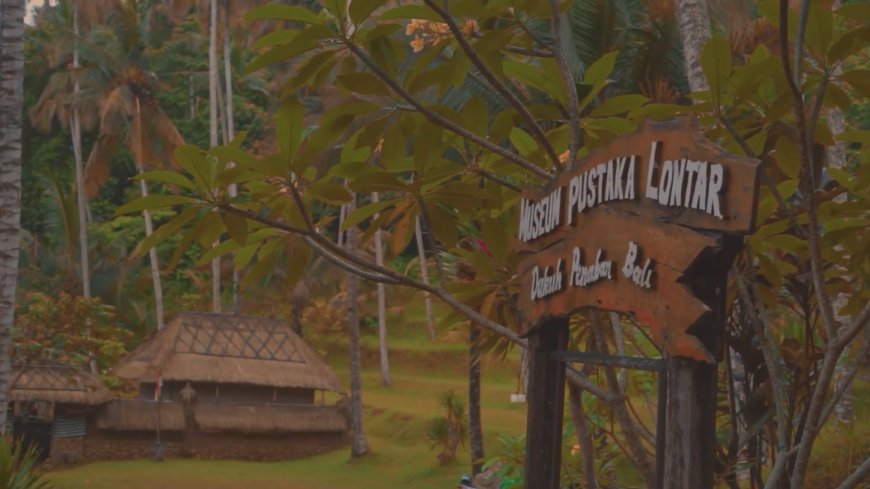
Bali, with all its cultural richness, is a place where literary traditions and literacy continue to flourish and be preserved. The ancestors of Bali have compiled diverse literary works, written on dried lontar leaves, which can still be read, studied, and preserved to this day. Various literary traditions in Bali have been diligently upheld from one generation to the next. Many Balinese people are deeply committed to carrying on these traditions.

Museum Pustaka Lontar's Achievements (Photo Source: Editorial Collection)
The establishment of the museum was not just for the purpose of storing thousands of ancient lontar manuscripts, but also as a commitment to preserve and promote the priceless literary heritage of lontar to the world. The Museum Pustaka Lontar serves as a center for learning and studying lontar manuscripts for the community. This commitment was further demonstrated by the achievement of the Dukuh Penaban Village in winning 1st place from the Governor of Bali in the Aware Tourism Group competition, showcasing their resilience and hard work in preserving Balinese literary traditions.
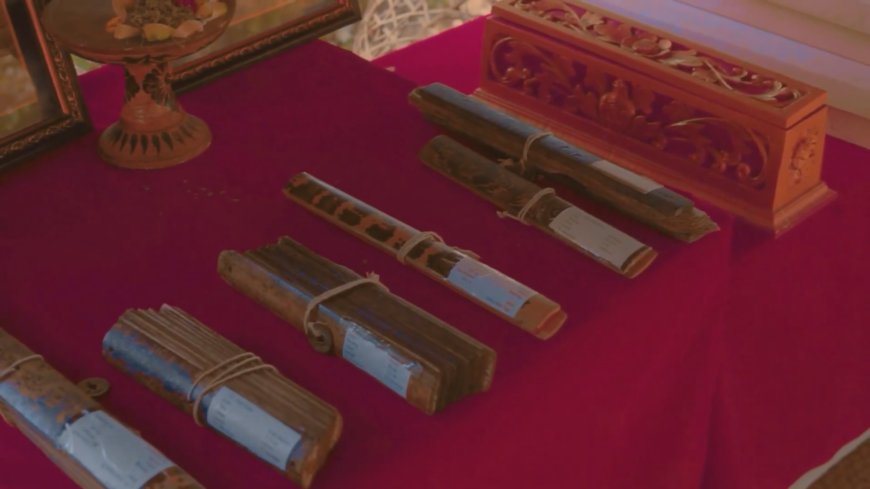
Lontars at Museum Pustaka Lontar (Photo Source: Editorial Collection)
Visitors who are interested in vacationing in Bali while learning about Balinese literary traditions will be intrigued to visit the Museum Pustaka Lontar. The museum houses thousands of collections of Balinese literature and literacy on lontar leaves, particularly in the Dukuh Penaban Village, ranging from records of daily Balinese life to records of Bali's ritual practices in its time. There are also records such as Vedas or mantras, types of medicinal plants or "usadha," architecture, martial arts, wedding poems, and records of past events like the eruption of Mount Agung. Some of these records are still relevant because the knowledge or practices written in them are still applied by the Balinese community today.
All lontar manuscripts are cared for by the trusted Jero Mangku, who are responsible for guarding and maintaining these lontars. For visitors who do not understand the Balinese script used in the lontar, there is no need to worry. Museum Pustaka Lontar has provided translations of these lontars in Indonesian, making them easily understandable.
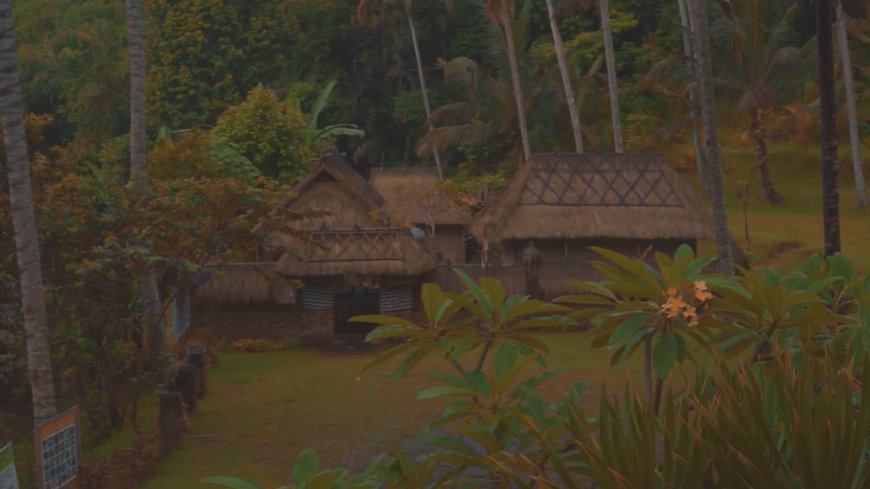
The Picturesque Museum Pustaka Lontar (Photo Source: Editorial Collection)
The Museum Pustaka Lontar stands out when compared to other museums. Due to its remote location in Bali, the environment of the Museum Pustaka Lontar is still very natural and serene. Buildings like the Bale Pasraman, Bale Daja serving as the lontar manuscript collection room, and the Pawaregan or kitchen are constructed with architectural concepts known for hundreds of years, and can only be done by the Jero Mangku, by stacking stones from soil clumps and then arranging them with woven bamboo and straw for the roof. There is also a unique aspect where each stone is made by each resident, 11 pieces from their own efforts, so they can remember their own hard work that has been installed both on the building's walls and its tiles. The unique and serene ambiance of the Museum and its location undoubtedly add to the tranquility of visitors' journey there.
Another uniqueness lies in the various activities that visitors can do at the Museum Pustaka Lontar, which will undoubtedly be one of the most valuable experiences when visiting Bali. In order to introduce Balinese literary traditions, especially in lontar manuscripts, the activities provided at the Museum Pustaka Lontar are not limited to just displaying these ancient lontars for viewing, but also give visitors the opportunity to immerse themselves in the world of Balinese literature. Visitors can witness the process of writing on lontar leaves directly. Visitors can also request to have their names written in Balinese. And if lucky, visitors can also meet with the Jero Mangku and ask them about various Balinese literary traditions, especially the lontar collections at the Museum Pustaka Lontar. The Jero Mangku will be happy to share all their stories and knowledge with visitors. It's no wonder that there are many domestic and foreign tourists who visit the Museum Pustaka Lontar.
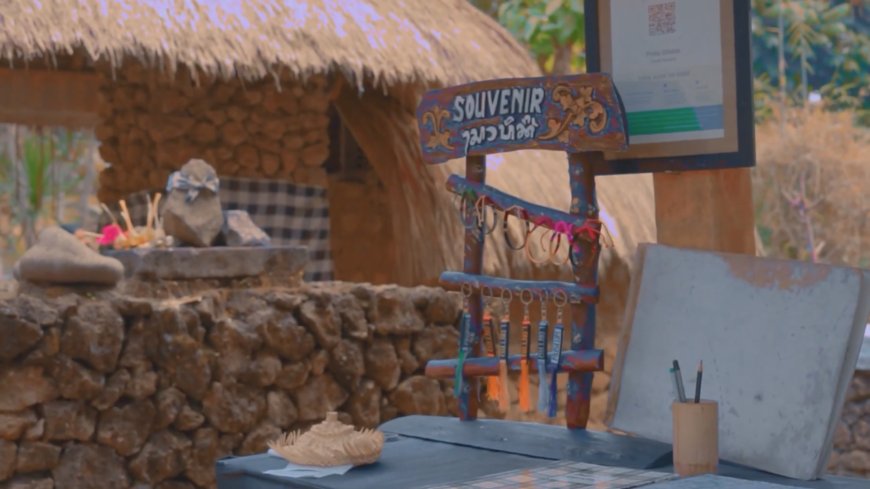
Souvenir Stall at Pustaka Lontar Museum (Photo Source: Editorial Collection)
By ILS Museum Pustaka Lontar Team


















































